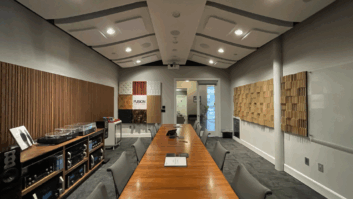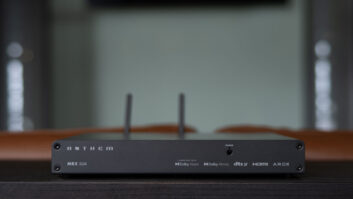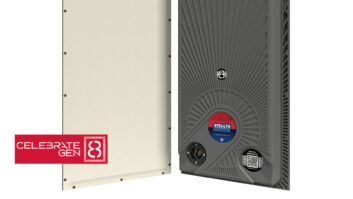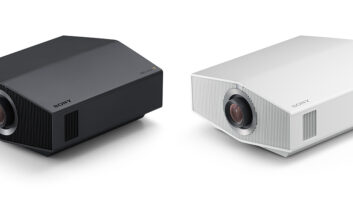
What do you think of when you hear the term “product?” If you’re like most, you envision of a physical item; something you can see and touch. In fact, there’s a more comprehensive way to think about products. A well-known idea from the world of marketing, it’s known as the “three product levels.” Comprised of a “core product,” “actual product,” and an “augmented product,” each level is known to add more client-value.
Understanding all three levels and applying that knowledge to your business can dramatically improve how you can communicate and deliver a unique-value proposition into your market. The end results are a healthier bottom line and increased clarity about what makes your company unique. Here’s how you can apply the three levels of product to improve your market positioning…
Your Core Product
A core product (also referred to as a “core benefit”) cannot be seen or touched. The core product is the key benefit which makes your offering valuable to the client. Identifying the core benefit of the products you sell is straightforward. For a security system, it is peace of mind. For a control system, it is convenience. And for a media server, it is entertainment.
Any time you position a product, or a collection of products (i.e. an engineered system), to a client, always ask yourself first: “what is the core benefit my client is seeking?” Understanding the core benefit of each and every product category you sell is vital to ensuring your messaging hits home with prospective buyers.
On an interesting side note, consider the core benefit of your company as a whole. In other words, what brought your prospect through your doors instead of going to Amazon or Best Buy? The answer is likely that they are seeking a core product of expertise, guidance, and support. Understanding this fact allows you to anchor on the fact that your real value is far bigger than the products you sell.
Your Actual Product
The second of the three levels is the actual product. Requiring very little explanation, this level is the one that most people intuitively associate with the term “product.” For a security system, it’s the panel, contacts, and motion sensors. For a theater, it’s the projector, screen, and chairs. And so on.
The key thing to understand about this level is that, while most people associate it exclusively with the term “product,” it actually represents only one of three distinct product levels. Leveraging a firm grasp on the other two levels is where you can really make an impact in terms of a differentiated market position.
Your Augmented Product
The third and final level of the three is known as the augmented product. Like the core benefit, this level is comprised of the non-physical attributes of a product. Common examples include the support, service, training, and warranty plans offered when you purchase a product. These non-physical attributes represent a significant value-add for which clients may even pay a premium. The augmented product level plays a key role in making clients feel satisfied with their purchase.
To easily understand the vital role this level plays in the purchasing process, consider the reasons you choose to specify one control system versus another. At the core and product level, two competing control systems generally provide the same thing—the ability to control the home from an app and/or touchscreen. However, when you consider the augmented level, one company likely begins to stand out over another. For example, one control company may offer a far superior end-user app, better tech support, generous shipping terms, an easy RMA process, and fantastic training for your staff. Taken together, these non-physical attributes represent the augmented product, which plays a critical role in persuading you to purchase one control system over another.
Differentiate at the Augmented Level
Now, consider the experience of your prospective buyer. What will drive them to choose your company over your competitor’s? On the surface, you all appear to have a very similar offering. You may even offer the same exact perceived-core benefit and physical products. Considered from this point of view, differentiating at the core and physical product levels is difficult to do.
To differentiate, focus your efforts instead on the augmented level. If you can clearly show your prospect that you provide a superior augmented product, standing out becomes much easier. Can you demonstrate a well-defined client-service offering? What processes have you put in place to ensure an exceptional post-install experience? Do you offer reliable, emotionally-intelligent, and readily-available tech support? What about remote troubleshooting capabilities and proactive system monitoring? Can you present a compelling warranty and client training program?
These sort of offerings contain loads of perceived value. Focusing on these offerings not as ancillary but rather as part and parcel of the products you sell is a subtle but powerful way to ensure your company stands out.
Consider the Entire Picture
Knowing that a product is not comprised simply of the physical components which go into it but rather of three distinct levels is a subtle yet powerful concept. This enables a deep understanding of all the factors which go into a client’s purchasing decision. Take a moment to consider the competitive landscape in your market. Then, review all three levels of your offering. How can you focus your story on the areas where you really stand out? Taking this holistic point of view enables you to craft a consistent marketing message focused on the factors which make your offering the most compelling.







